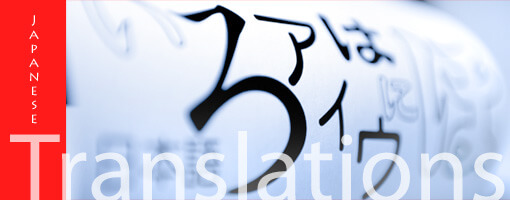Businesses that are new to needing translated documents, texts, and websites become impatient when they learn just how apparently slow good quality document translation services take. They may then make the ultimate mistake of opting for machine or automatic translation which is certainly far faster, but without human intervention prone to errors of many kinds.
Let us examine the speed issue. Professional translators, for instance, Australia’s NAATI translation service providers are likely to translate at an average speed of around 4 to 5 words a minute. Compare that to the professional typist who can process words 10 to 15 times as fast. So why is there such a yawning gap?
The answer is that the translation process is a multi-step one. The professional translator may in fact spend considerable time at first communicating with a client to ensure that any particular style or grammatical, cultural, and social nuances are noted. This has to be taken into account when calculating the overall time taken.
Next comes the actual translation itself. This is very rarely an easy, word-for-word, literal process. The translator has to read through the text to be translated, absorb the meaning and then translate the meaning in the best way he or she can take into account exactly who it is intended for. This may very well mean changing words and expressions which have a meaning in the original language but are meaningless when literally translated into the target language. It may take time to research and find expressions and vocabulary that suit the context of the document or text to be translated. This all takes time and this becomes part of the overall project.
Next comes editing. This is usually done by the translator and is basically a process that involves reading through the document or text thoroughly and slowly to make sure it will be understood perfectly by the person for who it is intended.
Last but not least, there is proofreading. This simply can’t be overlooked. To be honest, any document that has been typed onto a computer also has to be proofread but the proofreading process in a translation task by necessity has to be more careful and thorough. It may in fact be repeated more than once to get a perfect translation outcome.







